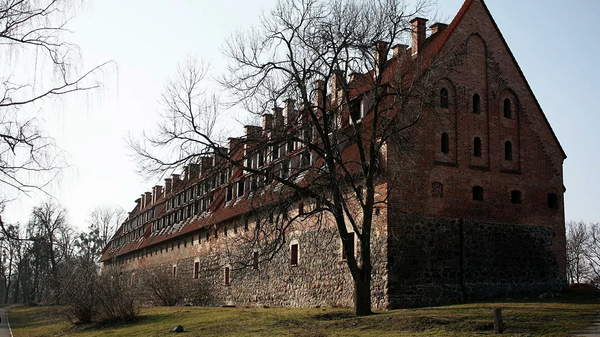Attention castle collectors: authorities in Russia’s Kaliningrad region plan to sell the Preussisch Eylau Castle, an ancient architectural artefact built by the Teutonic Order in 1325. The estate, situated in the picturesque and sleepy town of Bagrationovsk, about 37 km south of the city of Kaliningrad, is protected as an object of cultural heritage, and listed for sale via an electronic auction.
The listing has a starting price of a shockingly low 6.34 million rubles (about $102,000 US), less than the price of an average one room apartment in Moscow. The only catch? Its new owner will be responsible for keeping the historical building in good shape in accordance with its heritage status.
Surprisingly, this is not the first time the castle has been listed. In mid-2018, local authorities attempted to sell it for 9.73 million rubles (about $157,000), but not a single would-be buyer showed interest.
Municipal authorities have plans to improve the local infrastructure around the castle over the coming year to include an open-air exhibition and art pavilion area, beach facilities, a sports area and observation deck, as well as designated spaces for bike, ski and boating rental equipment vendors and a summer cafe along a local lake.
The Preussisch Eylau Castle was built in 1325 by the Teutonic Order in the centre of the Old Prussian region of Natangia. The castle’s central location led to its use as a meeting place for Teutonic officials from the surrounding area. In 1455, during the Thirteen Years’ War between The Teutonic Order, the Prussian Confederation and the Kingdom of Poland, the castle was besieged by Prussian troops, but its defenders managed to hold their ground. During the Polish-Teutonic War of 1519-1521 the castle was agains besieged, this time by the troops of the Polish Kingdom, but its defenders once again stood their ground. The territory on which the castle stands eventually became part of the Duchy and Kingdom of Prussia, then the German Empire, the Weimar Republic, Nazi Germany, Poland (between 1945 and 1946), the Soviet Union, and finally Russia.
Interested buyers are invited to submit their bids until February 1.




